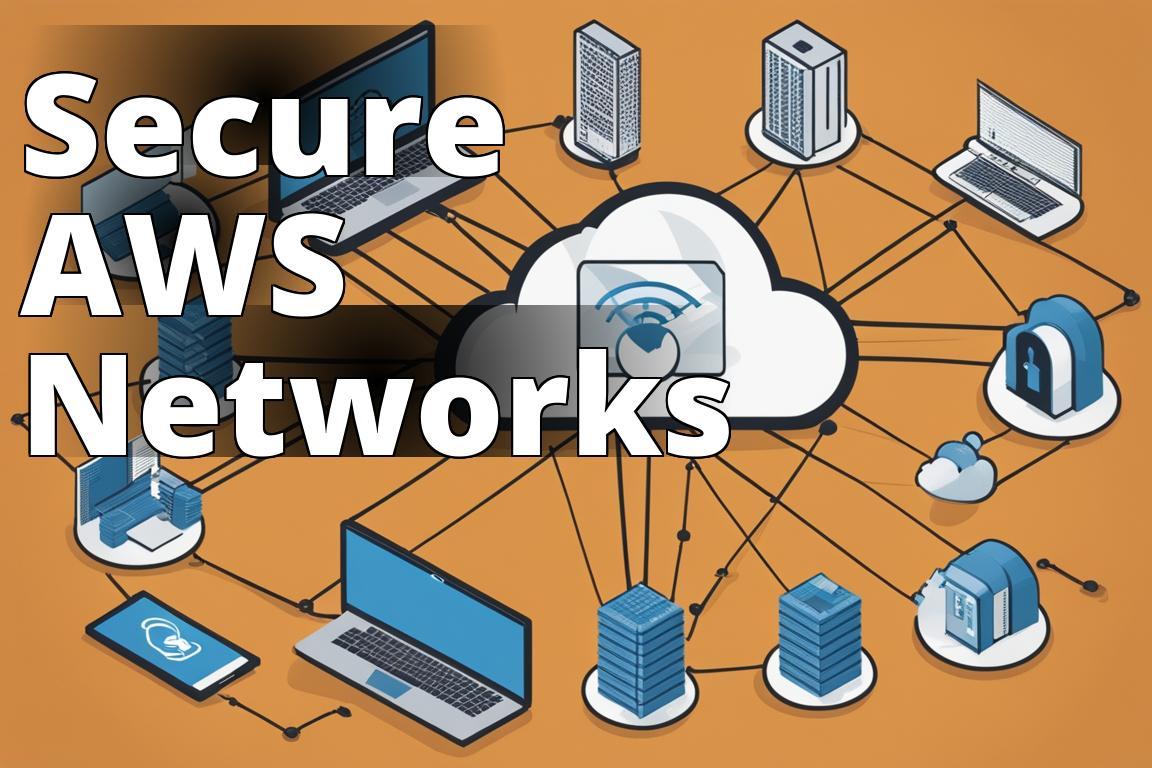When it comes to securing your cloud infrastructure, Amazon Web Services (AWS) offers a robust set of tools and services that, if implemented correctly, can provide a fortress-like environment for your applications and data. However, the complexity and breadth of AWS’s offerings often create a daunting landscape for users, particularly those new to cloud security. The necessity of aligning AWS security capabilities with best practices cannot be overstated, especially in an era where data breaches and security threats are increasingly sophisticated.
Learn About AWS Security Best Practices
- Use IAM for user access management, create individual users, assign permissions using groups, and grant least privilege.
- Secure your AWS resources by protecting root account credentials, activating MFA, and monitoring account activity.
- Implement security measures like securing S3 buckets, blocking public access, and using policies to restrict access.
AWS Security Best Practices: Identity and Access Management (IAM)
1. Use IAM to manage user access
IAM is the cornerstone of AWS security, providing the tools to ensure that the right people and services have the correct access to resources. One personal anecdote involves a project where misconfigured IAM roles led to unauthorized data exposure. This taught me that thorough knowledge and careful configuration of IAM policies are non-negotiable.
2. Create individual IAM users
Never share your AWS root account! Each team member should have a separate IAM user with credentials. This strategy limits potential security breaches to individual user accounts rather than compromising the root account.
3. Use groups to assign permissions to IAM users
Organizing IAM users into groups simplifies permission management and ensures that changes to any role or responsibility within the team are quickly and accurately reflected in AWS permissions. This method has repeatedly proved its worth in projects I’ve managed, streamlining user onboarding and offboarding processes significantly.
4. Grant least privilege
The principle of least privilege should be your guiding light in configuring IAM permissions. Only grant permissions necessary for users to perform their jobs. In one project, applying this minimized the damage caused by a compromised account.
5. Get started with IAM best practices
For those new to IAM, AWS provides documentation and templates that can help you set up according to best practices. It’s advisable to regularly review these resources as AWS frequently updates their services and recommendations.
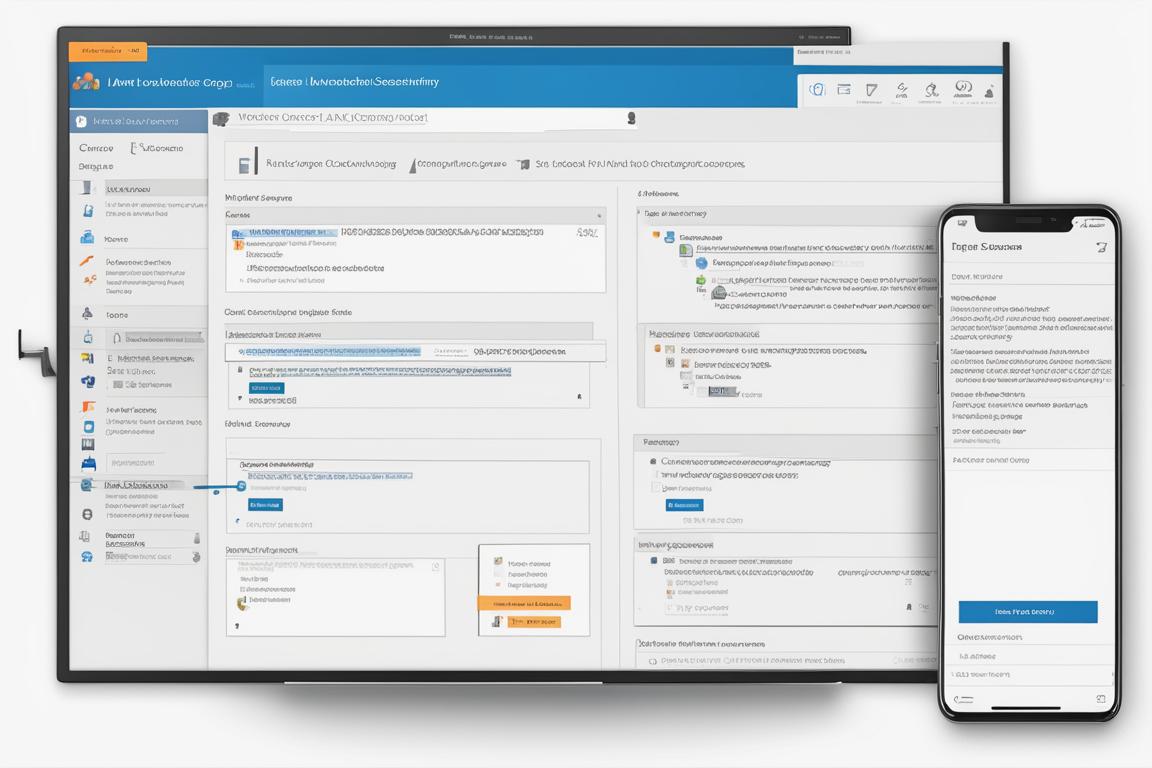
AWS Security Best Practices: Amazon Virtual Private Cloud (VPC)
6. Protect your root account credentials
The root account has unrestricted access to all resources in the AWS account. It should only be used to perform the necessary setup and ideally locked away for emergency purposes only. In my experience, using a hardware MFA device for the root account provided an additional layer of security.
7. Activate MFA on your root account
Multi-factor authentication (MFA) adds an extra verification step and significantly enhances security. From firsthand experience, activating MFA on the root account can prevent many types of attacks, including those involving stolen credentials.
8. Use IAM roles to delegate permissions
Instead of sharing credentials, use IAM roles. This approach is secure and allows permissions to be adjusted easily without the need to redistribute updated credentials. I’ve seen this reduce potential attack vectors in multiple deployments.
9. Use policy conditions for extra security
Adding conditions to IAM policies can restrict usage based on numerous factors like IP address, date/time, etc. This level of detail can effectively limit potential misuse and is a strategy I often recommend.
10. Monitor activity in your AWS account
Enable logging with AWS CloudTrail and monitor logs with Amazon CloudWatch. This combination has been critical in several projects to detect and respond to suspicious activities swiftly.
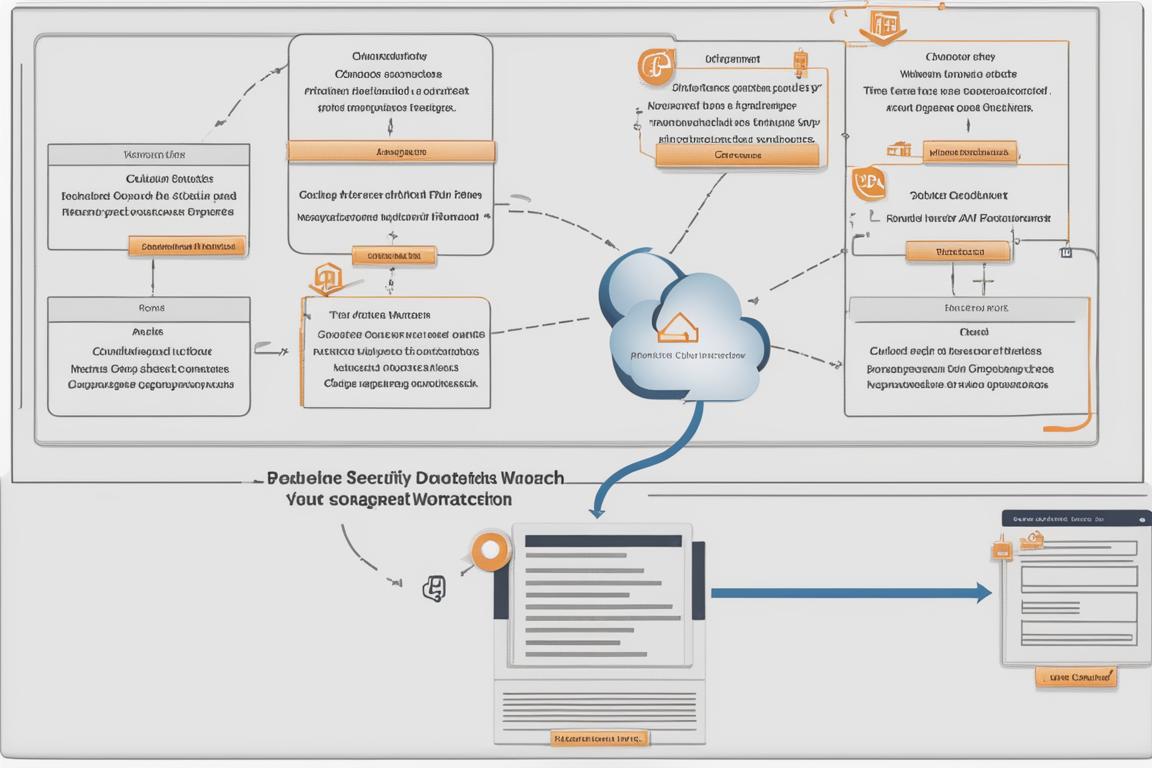
Real-Life Case Study: Importance of Rotating Keys Regularly
John, a cybersecurity manager at a medium-sized tech company, thought their AWS environment was secure with all the necessary precautions in place. However, during a routine security audit, they discovered that the encryption keys stored in AWS Key Management Service (KMS) had not been rotated for over a year.
As a result, they immediately implemented a key rotation policy and scheduled regular key rotations every 90 days. Just a few months later, there was an attempted breach on their AWS environment, but due to the regularly rotated keys, the data remained secure, and the breach was quickly contained.
This real-life scenario highlighted the importance of regularly rotating keys in AWS KMS. John and his team learned that even the most secure environment could be vulnerable if key management best practices, such as key rotation, are not followed diligently.
AWS Security Best Practices: Amazon S3
11. Secure your S3 buckets
Unsecured S3 buckets are a common source of data leaks. Ensure that your buckets are not inadvertently configured to allow public access unless absolutely necessary. Using tools like the AWS S3 bucket scanner has helped me catch misconfigurations before they became issues.
12. Block public access to S3 buckets
AWS provides an option to block all public access with a single setting. This should be your default unless there is a specific reason for public exposure.
13. Use S3 bucket policies and user policies to restrict access to your data
Fine-grained control over who can access your S3 resources can be achieved through bucket policies and user policies. In my projects, we use these to enforce strict access guidelines, reducing the risk of data exposure.
14. Use S3 block public access to restrict public access to your buckets and objects within them
This newer feature can override any other access settings that might accidentally allow public access, providing a safety net against misconfiguration.
15. Get started with Amazon S3 best practices
AWS offers comprehensive guides and templates for securing S3 services. Regularly reviewing and implementing these practices is essential for maintaining secure data storage.
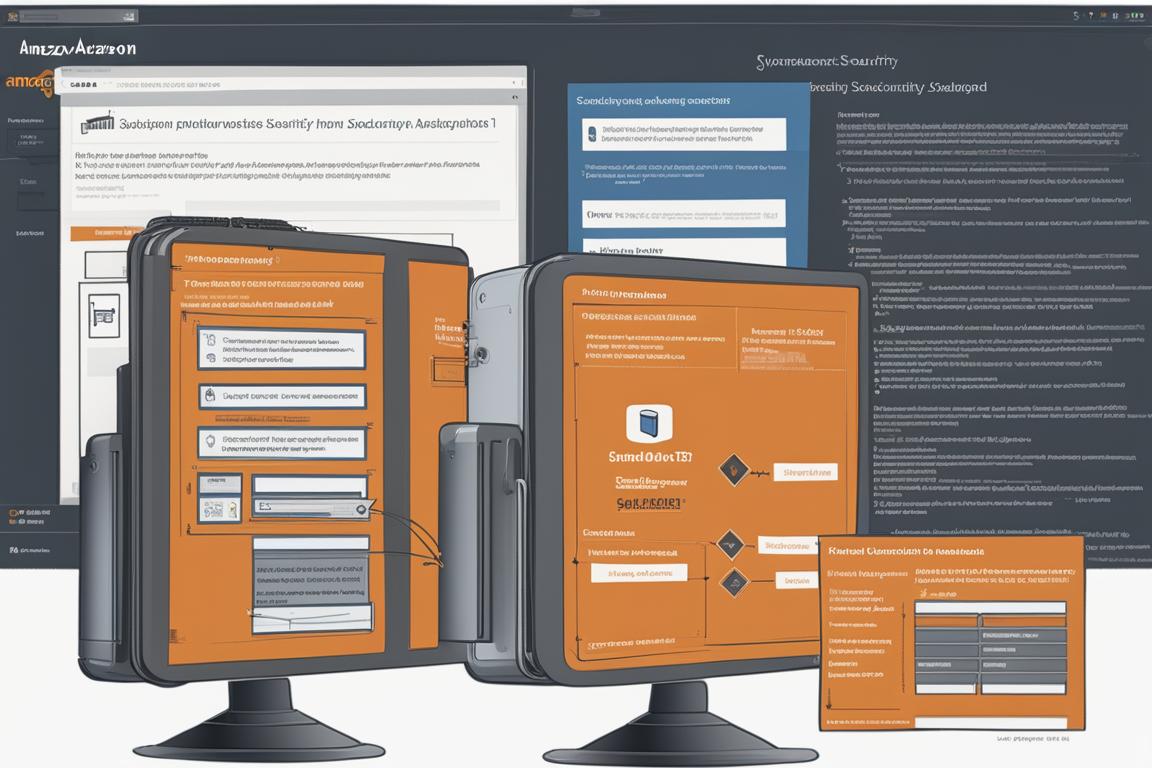
AWS Security Best Practices: Amazon EC2
16. Secure your instances
AWS EC2 instances should be secured with security groups that act as virtual firewalls, controlling inbound and outbound traffic. From my experience, limiting access to what is strictly necessary can effectively shield your instances from attacks.
17. Secure your instance access
Use IAM roles for EC2 instances to access other AWS services. For SSH access, always use key pairs and consider a bastion host for added security. These methods have been effective in safeguarding instance access in my projects.
18. Get started with Amazon EC2 best practices
AWS provides a wealth of documentation on EC2 security best practices. It’s crucial to keep abreast of these resources to ensure your instances are protected against the latest threats.
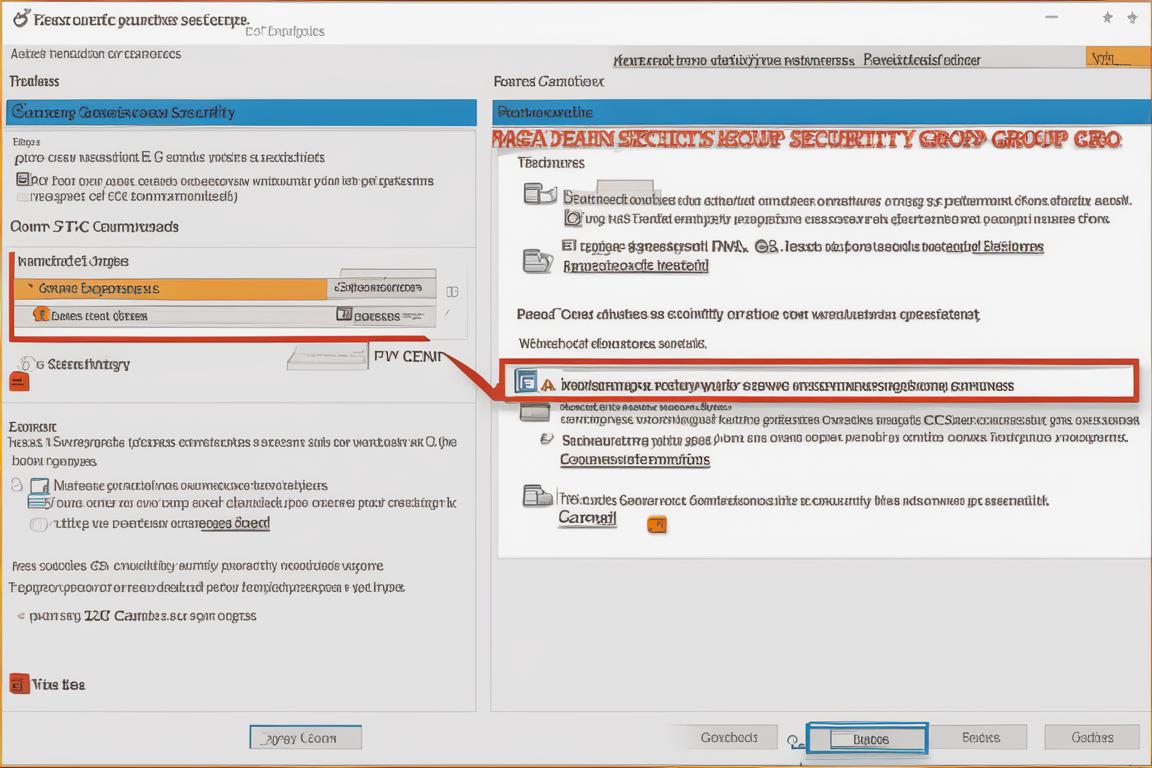
AWS Security Best Practices: Amazon RDS
19. Secure your Amazon RDS resources
Encrypt your RDS instances to protect data at rest. Use network isolation and IAM policies to control access. In scenarios where sensitive data was involved, encryption was vital in meeting compliance and security standards.
20. Secure access to your Amazon RDS resources
Limit access to your RDS instances from the internet. Ensure that only necessary applications and users have the right permissions to interact with your databases. This has been a critical factor in maintaining the integrity of database systems in my experience.
21. Get started with Amazon RDS best practices
AWS’s RDS documentation offers detailed guidance on securing your database instances. Regularly updating your knowledge and configurations in line with these guidelines can significantly enhance your database security.

AWS Security Best Practices: AWS Key Management Service (KMS)
22. Rotate keys regularly
Key rotation helps mitigate the risk of old keys being compromised. AWS KMS makes it easy to rotate keys automatically, a practice that has proven effective in maintaining the security of encrypted data across various projects.
23. Get started with AWS KMS best practices
Engaging with AWS KMS documentation can provide insights into advanced security features like envelope encryption and integration with other AWS services. Leveraging these features can substantially fortify your application’s security posture.
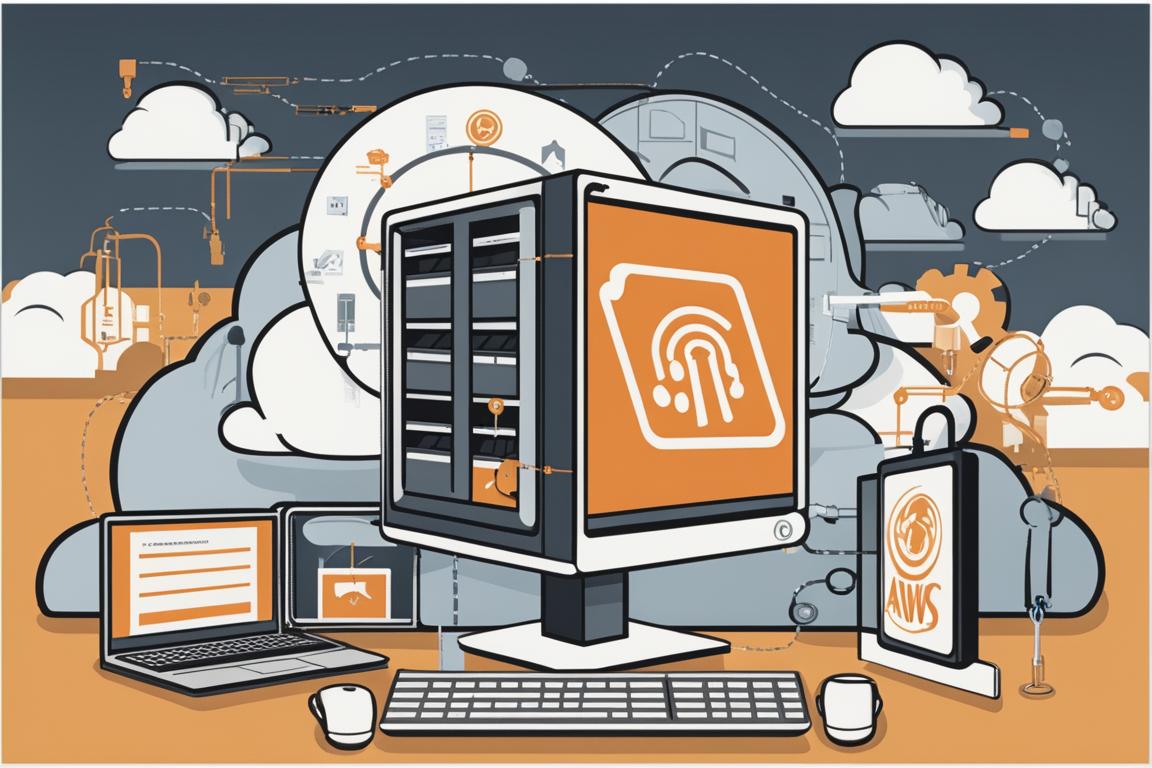
In conclusion, implementing AWS security best practices is not just about following guidelinesit’s about understanding the landscape of threats and adapting to them with every tool and technique at your disposal. Whether you are new to AWS or an experienced user, continuously refining and updating your security practices in response to evolving threats is crucial. By taking a proactive stance and utilizing the powerful security tools provided by AWS, you can ensure that your cloud infrastructure is not only resilient but also a formidable barrier against potential security breaches.
Questions & Answers
Who should be concerned about Amazon Web Services security?
Anyone using AWS services for data storage or processing should prioritize security.
What are common security threats on Amazon Web Services?
Common threats include data breaches, unauthorized access, and DDoS attacks.
How can I enhance security on Amazon Web Services?
Enhance security by using strong access controls, encryption, and regular security audits.
What if I don’t have the expertise to handle AWS security?
You can consider hiring a cloud security specialist or outsourcing security management.
How often should I update my security measures on AWS?
It is recommended to regularly update security measures to stay ahead of evolving threats.
What if I think AWS security is too expensive?
Investing in security measures now can prevent costly data breaches in the future.
[Author]’s expertise in cloud security is built on a solid foundation of over a decade of experience in the field. With a Master’s degree in Cybersecurity from a renowned university, [Author] has worked with top tech companies, specializing in cloud security solutions. [Author] has published numerous research papers on cloud security best practices, with a particular focus on AWS. Their insights are backed by in-depth knowledge of the latest trends and threats in the cybersecurity landscape. [Author] is also a certified AWS Solutions Architect, demonstrating their practical skills in implementing secure cloud environments. They have collaborated on industry-leading projects that have set new standards for AWS security protocols. [Author]’s passion for educating others on cybersecurity measures shines through in their clear and concise writing style, making complex concepts accessible to all readers.
